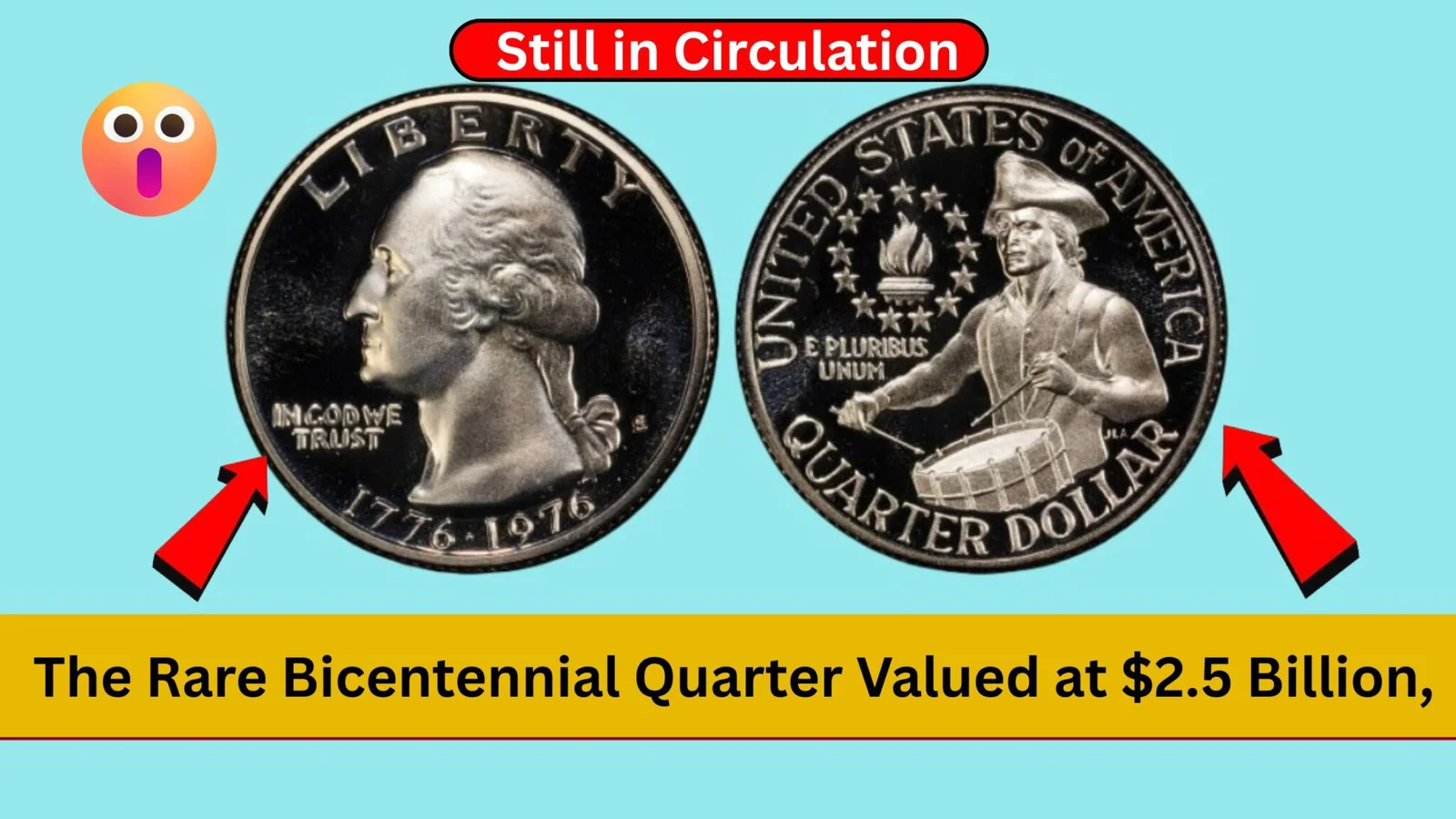The Lincoln Wheat Penny Valued Nearly at $4 Billion, Still in Circulation?
The Lincoln Wheat Penny has long been a favorite among coin collectors and history lovers. Recently, rumors have been swirling that a rare version of this penny could be worth nearly $4 billion. Yes, you read that right — one little coin could possibly hold a value bigger than most lotteries! What’s even more exciting is that some believe this rare penny could still be out there in circulation, hiding in a pocket, piggy bank, or old drawer.
In this article, we’ll take a detailed look at the story behind the Lincoln Wheat Penny, why it’s so valuable, and what you should look out for.
Overview Table: Lincoln Wheat Penny Key Facts
| Feature | Details |
|---|---|
| Coin Name | Lincoln Wheat Penny |
| First Minted | 1909 |
| Designer | Victor David Brenner |
| Material | Mostly copper (some rare errors in other metals) |
| Key Rare Year | 1943 (Bronze error) |
| Estimated Value | Up to $4 billion (rumored) |
| Status | Some pieces possibly still in circulation |
Design & Style
The Lincoln Wheat Penny was first introduced in 1909 to honor the 100th birthday of Abraham Lincoln. It was the first U.S. coin to feature a real person. Designed by Victor David Brenner, the coin has a simple yet classic look.
On the front side, you’ll find a profile of Lincoln, while the back shows two wheat stalks surrounding the words “One Cent” and “United States of America” — giving it the nickname “Wheat Penny.” Its clean, patriotic design made it an instant favorite, and it remains a symbol of American history to this day.
Engine & Performance
You might find it funny to talk about “engine and performance” for a penny, but when it comes to coin production, these terms do fit! The Wheat Penny was mainly made of 95% copper and 5% tin and zinc.
However, in 1943, during World War II, copper was needed for war supplies. So, the U.S. Mint made pennies from zinc-coated steel. But a few bronze blanks from 1942 were mistakenly used in 1943, resulting in one of the rarest coins ever created.
These 1943 bronze pennies are the ones rumored to carry massive value — and this accidental production is what makes them a real treasure.
Ride & Handling
Handling a Lincoln Wheat Penny is holding a piece of history. The coins have aged beautifully, and those in good condition still show sharp design details, even after decades.
Collectors love the feel and weight of the older pennies, especially compared to modern ones, which are lighter and thinner. The Wheat Penny has a nice, solid feel that reminds you of old-world craftsmanship.
Features & Tech
For the early 1900s, the Lincoln Wheat Penny was a breakthrough. It had:
-
High-quality engraving for Lincoln’s portrait
-
Stylized wheat stalks that added elegance
-
Increased durability because of its copper-heavy makeup
Though there was no high-tech production like today’s coins, the quality and care put into every coin made it special. Even today, the simple yet sturdy design is admired by experts and casual collectors alike.
Mileage & Fuel Efficiency
If we think about “mileage” for a coin, it would refer to how well it survives over time. The Lincoln Wheat Penny was built to last, and many coins minted over 100 years ago are still around.
Especially the 1943 bronze error coins — if you find one in good shape, it’s like finding a classic car still running perfectly after a century. They have “mileage” that can last many lifetimes.
Price & Variants
Most Lincoln Wheat Pennies are worth a few cents to a few dollars. However, specific rare variants, especially the 1943 Bronze Wheat Penny, can command eye-popping prices.
Some experts have valued the rarest examples close to $4 billion, although actual sales are much lower (still reaching millions). Here’s a quick breakdown:
| Variant | Estimated Value |
|---|---|
| Common Wheat Penny | $0.10 to $5 |
| 1909-S VDB (rare) | $700 to $2,000+ |
| 1943 Bronze Error | Up to $4 billion (rumored value) |
Keep in mind that coin condition, authenticity, and demand all affect the final price.
FAQs
Q: What makes the 1943 Wheat Penny so special?
A: It was supposed to be made of steel, but a few were accidentally struck on bronze blanks, making them extremely rare.
Q: How do I know if my Wheat Penny is valuable?
A: Check the year (especially 1943) and the material. Copper-colored 1943 pennies are worth inspecting by an expert.
Q: Is it true that a Lincoln Wheat Penny could be worth billions?
A: While some claims suggest a $4 billion valuation, most rare Wheat Pennies sell for much less, though still in the millions.
Q: Where should I check for a valuable penny?
A: Old jars, family coin collections, and even loose change are good places to start.
Q: How can I authenticate my Wheat Penny?
A: Visit a professional coin grading service like PCGS or NGC for an official evaluation.
Final Verdict
The Lincoln Wheat Penny is more than just a tiny coin — it’s a historic artifact, a collector’s dream, and maybe even a life-changing treasure if you find the right one. While the idea of a $4 billion penny might seem far-fetched, rare Wheat Pennies can indeed fetch astonishing prices.
If you happen to come across a 1943 bronze Wheat Penny, you could be holding a fortune in your hand. Whether you’re a serious collector or just curious, it’s always worth checking your pennies — you never know when you might strike gold!


